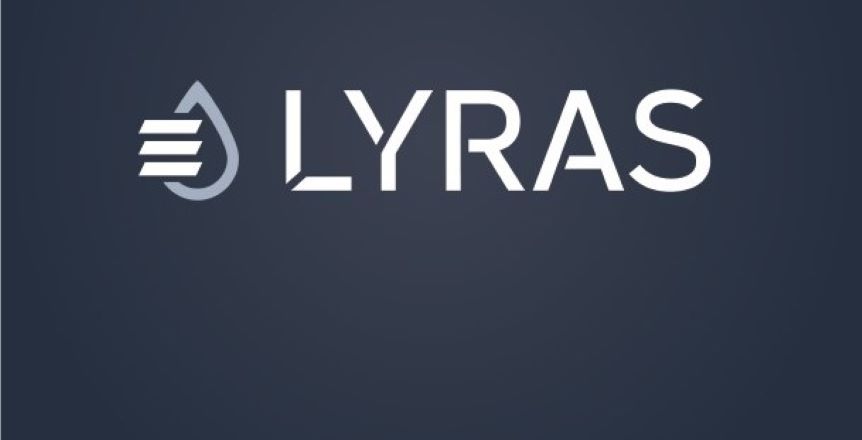Lyras has made a significant breakthrough in food technology by demonstrating that native high-value proteins can be preserved in skimmed milk using their innovative raslysation process. This development allows the preservation of these valuable proteins without significant changes to their nutritional composition, ensuring higher quality and yield without the damage typically caused by heat treatment.
Said Ole Knudsen, Food Legislation Specialist, Lyras: “It is well-known that heat treatment can reduce the functionality and quality of these high-value proteins, making them less effective for use in food products. Even mild heat treatments can negatively impact the yield and quality of these proteins. With the confirmation of the ‘Not Novel’ status for UV-treated skimmed milk and the EU Commission’s support, Lyras can now offer a method that significantly increases the yield and maintains the quality of extracted proteins without the risk of heat-induced damage. These proteins are especially sought after because they retain their natural properties and high quality, making them ideal for use in a range of food products, including infant formula, and dietary supplements”
Following a thorough review, the Danish Food Authorities have confirmed that UV-treated skimmed milk, processed using raslysation, does not fall under the Novel Food category defined by EU Regulation 2015/2283. This ‘Not Novel’ status allows unrestricted use of raslysed skimmed milk in food production without additional approvals. In addition, the EU Commission, represented by Directorate-General for health and food safety (DG Sante), has confirmed that raslysation can replace traditional pasteurization for microbial control in processing proteins like Lactoferrin. This approval also extends to the production of other essential milk proteins, such as Whey Basic Proteins.
Raslysation can be applied at various stages of the production process, either before the extraction of proteins from the skimmed milk, during the extraction process, or after the extraction of proteins have been extracted. The process is versatile and is easily adaptable to meet the specific needs of different products, with settings such as flow rate and UV intensity adjusted accordingly. For more visit lyras.com



